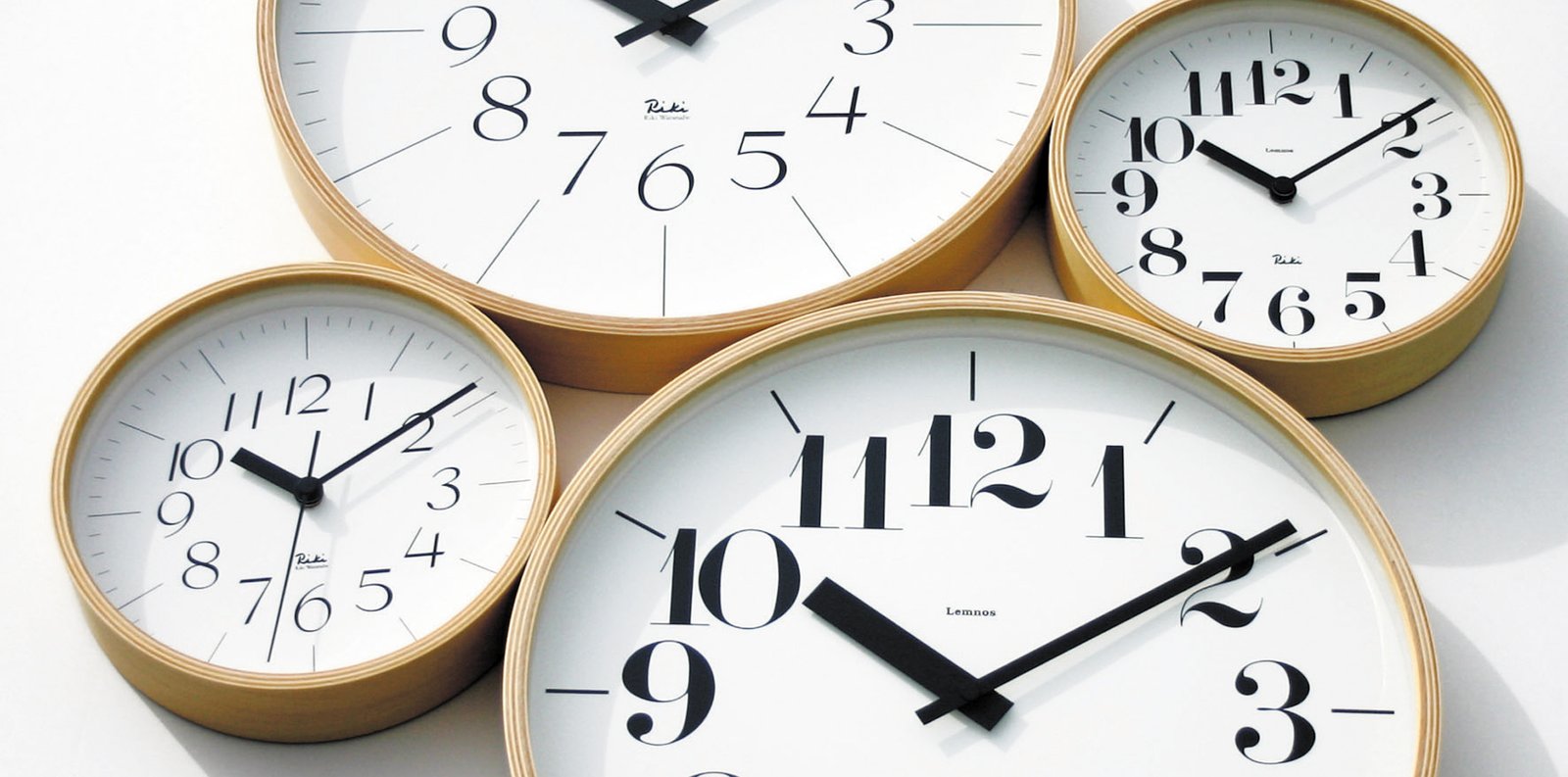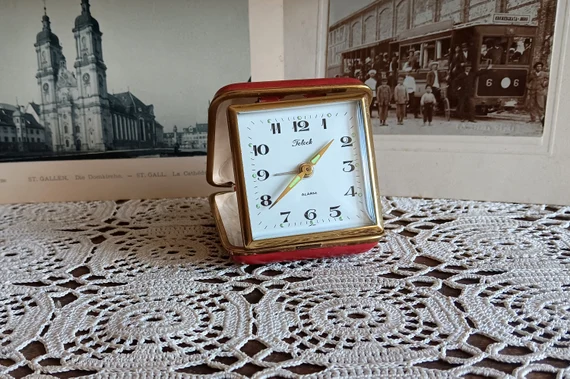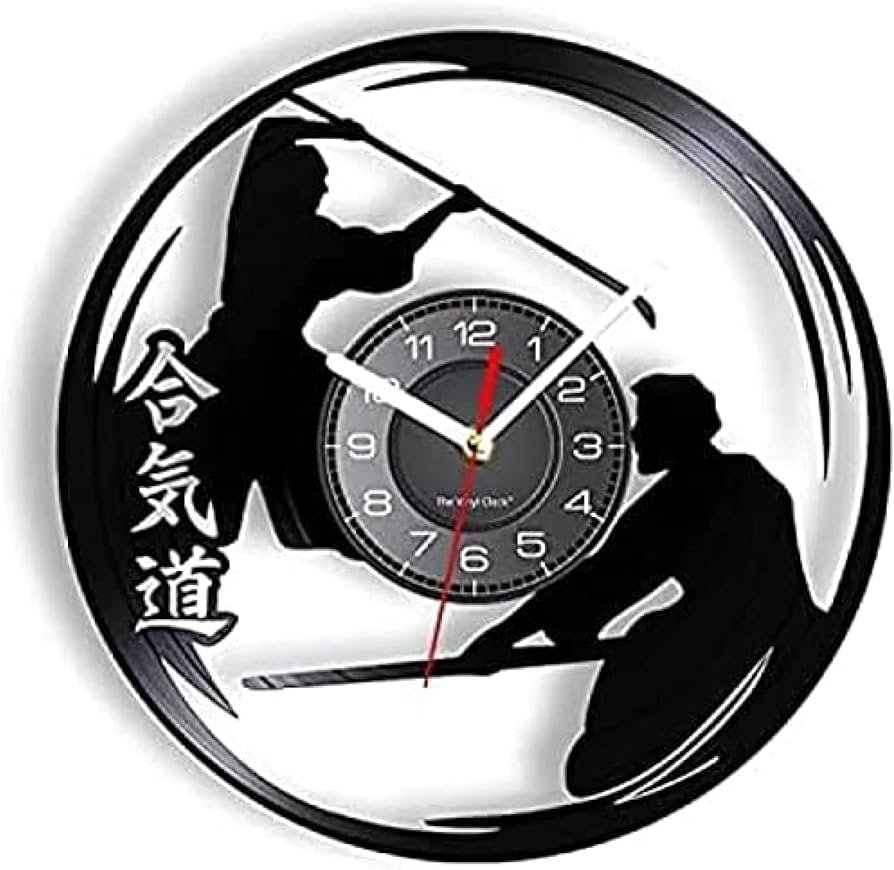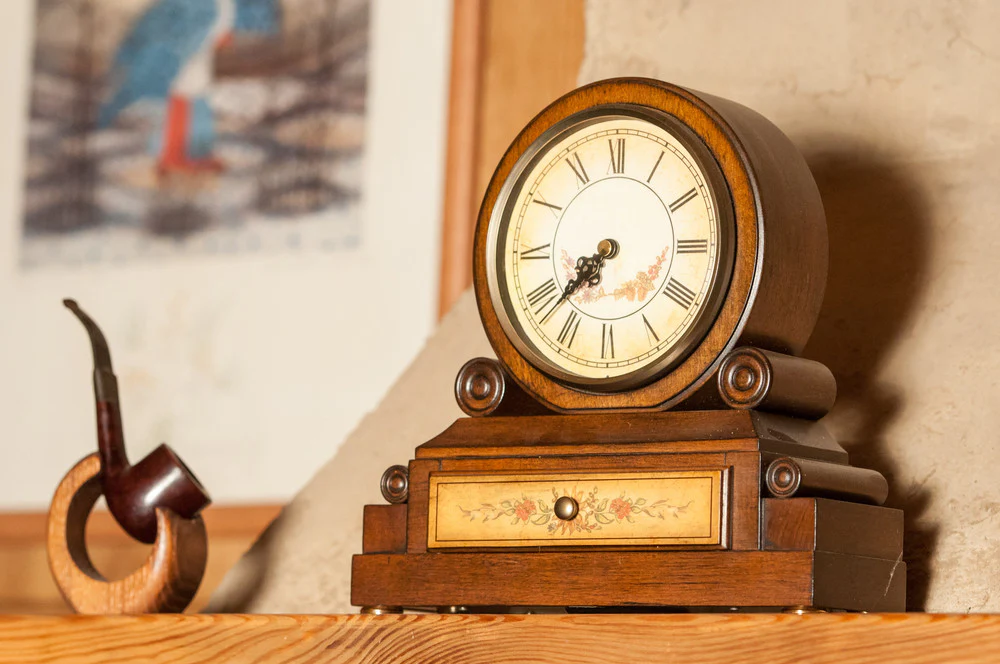Japanese design has made a significant impact on the world of clocks, blending aesthetics with functionality in unique and captivating ways. This influence extends from traditional timepieces to modern innovations, reflecting the principles of simplicity, precision, and harmony. This article explores how Japanese design principles shape clock aesthetics and functionality.
Historical Background
Japanese clock design has a rich history that dates back to the Edo period (1603-1868). During this time, Japanese artisans began incorporating timekeeping devices into their craft, influenced by both Chinese and Western designs. Traditional Japanese clocks, such as “wadokei,” were known for their intricate craftsmanship and attention to detail.
Core Principles of Japanese Design
Japanese design is characterized by several core principles that influence clockmaking:
Minimalism
Simplicity: Japanese design emphasizes simplicity and minimalism. Clocks often feature clean lines and uncluttered dials. This approach focuses on functionality and elegance, avoiding unnecessary ornamentation.
Space Utilization: Efficient use of space is another hallmark of Japanese design. Clocks are designed to fit seamlessly into various environments, whether it’s a traditional Japanese home or a modern interior.
Harmony and Balance
Aesthetic Balance: Japanese clocks often reflect a sense of harmony and balance. Design elements are carefully arranged to create a visually pleasing and harmonious appearance. This balance extends to both traditional and modern clock designs.
Integration with Nature: Many Japanese clocks incorporate natural elements or motifs, such as cherry blossoms, waves, and cranes. These elements connect the timepiece with nature and cultural symbolism, enhancing its aesthetic appeal.
Craftsmanship
Attention to Detail: Craftsmanship is a key aspect of Japanese design. Traditional clocks are meticulously crafted using high-quality materials such as wood, lacquer, and brass. The precision in workmanship ensures that each clock is both functional and visually striking.
Artisan Techniques: Japanese clockmakers use traditional techniques passed down through generations. These techniques include intricate carving, fine lacquerwork, and precise mechanical engineering. The result is a timepiece that showcases exceptional artistry and skill.
Traditional Japanese Clock Designs
Traditional Japanese clocks reflect the country’s cultural heritage and design principles:
Wadokei
Historical Influence: The “wadokei” is a classic example of traditional Japanese clocks. It features elaborate designs and mechanical systems influenced by both Chinese and Western models. The craftsmanship of wadokei showcases intricate gear systems and artistic embellishments.
Kakei
Elegant Designs: The “kakei” is a type of wall clock known for its elegant design and pendulum mechanism. These clocks often feature ornate carvings and detailed dials, embodying the principles of balance and harmony.
Modern Japanese Clock Designs
Modern Japanese clocks continue to incorporate traditional design principles while embracing new technologies:
Minimalist Clocks
Contemporary Aesthetics: Modern Japanese clocks often follow minimalist design principles, focusing on clean lines and simple forms. Digital displays and sleek materials are used to create a contemporary look while maintaining the essence of Japanese design.
Technological Integration
Advanced Features: Modern clocks incorporate advanced technology such as quartz movements and digital displays. Despite these technological advancements, the design remains influenced by traditional Japanese aesthetics, ensuring a blend of functionality and elegance.
Global Influence
Japanese clock design has influenced global clockmaking trends. The emphasis on minimalism, craftsmanship, and harmony has inspired designers worldwide. Japanese clocks are celebrated for their unique approach to timekeeping and their ability to integrate tradition with modernity.

Conclusion
In conclusion, the influence of Japanese design on clocks is a testament to the country’s rich cultural heritage and artistic principles. From traditional timepieces to modern innovations, Japanese clocks embody simplicity, balance, and exceptional craftsmanship. This influence extends beyond Japan, shaping global trends in clock design and inspiring a deeper appreciation for the art of timekeeping.




